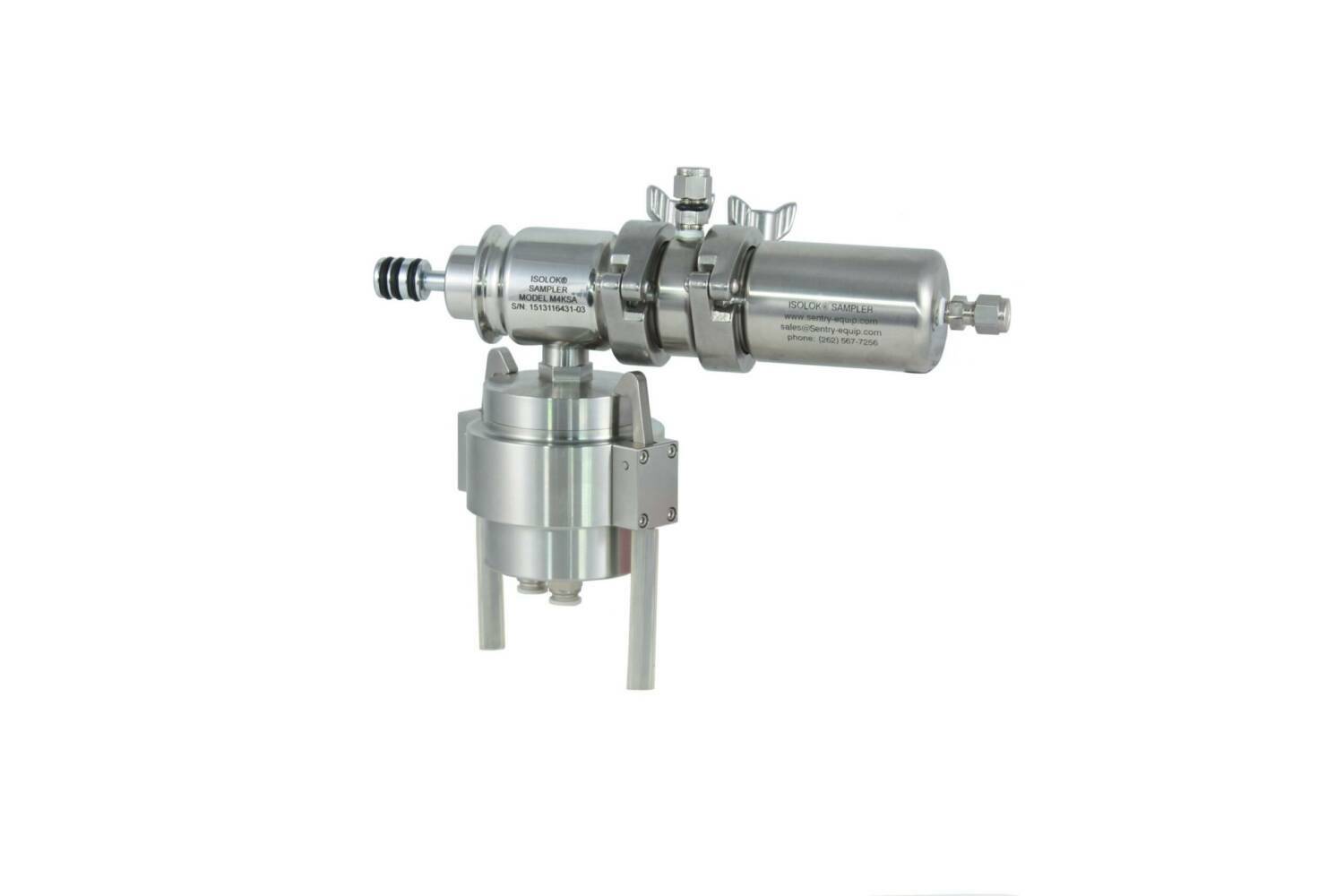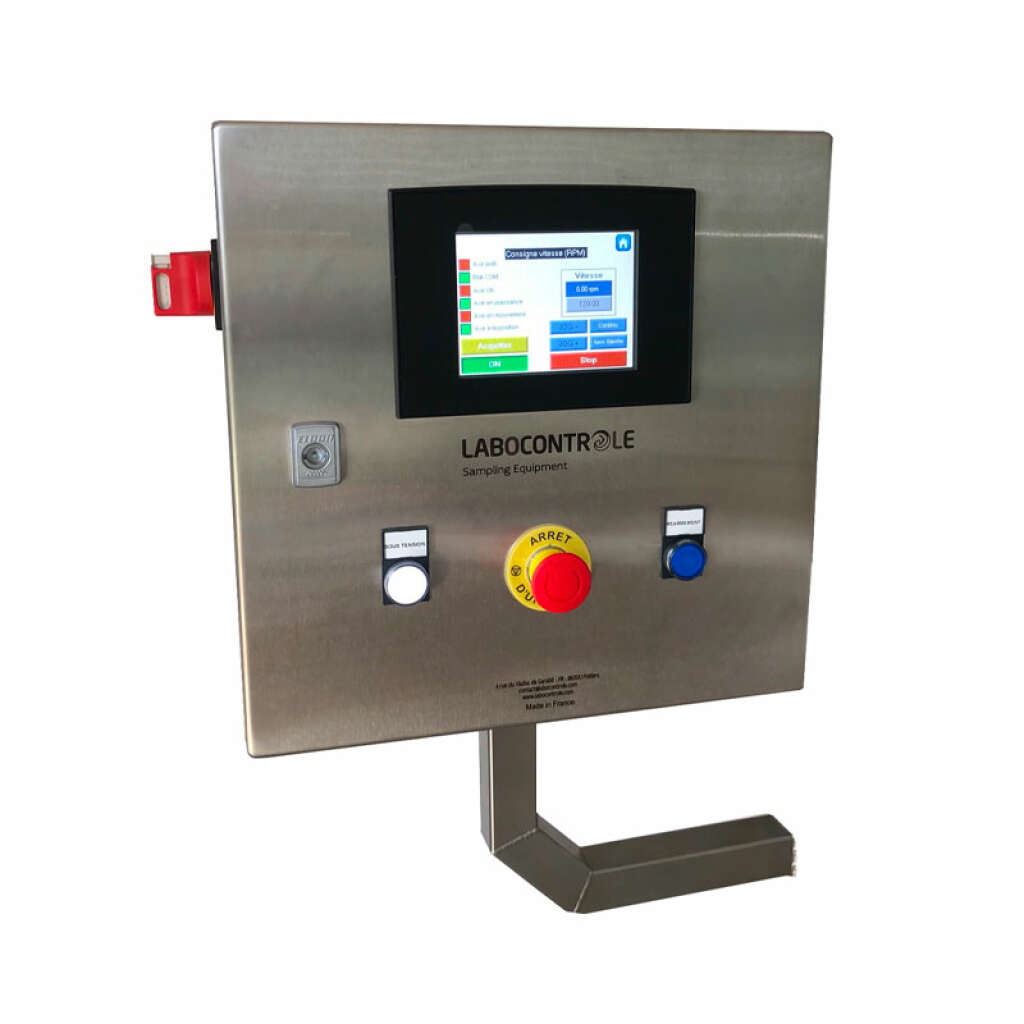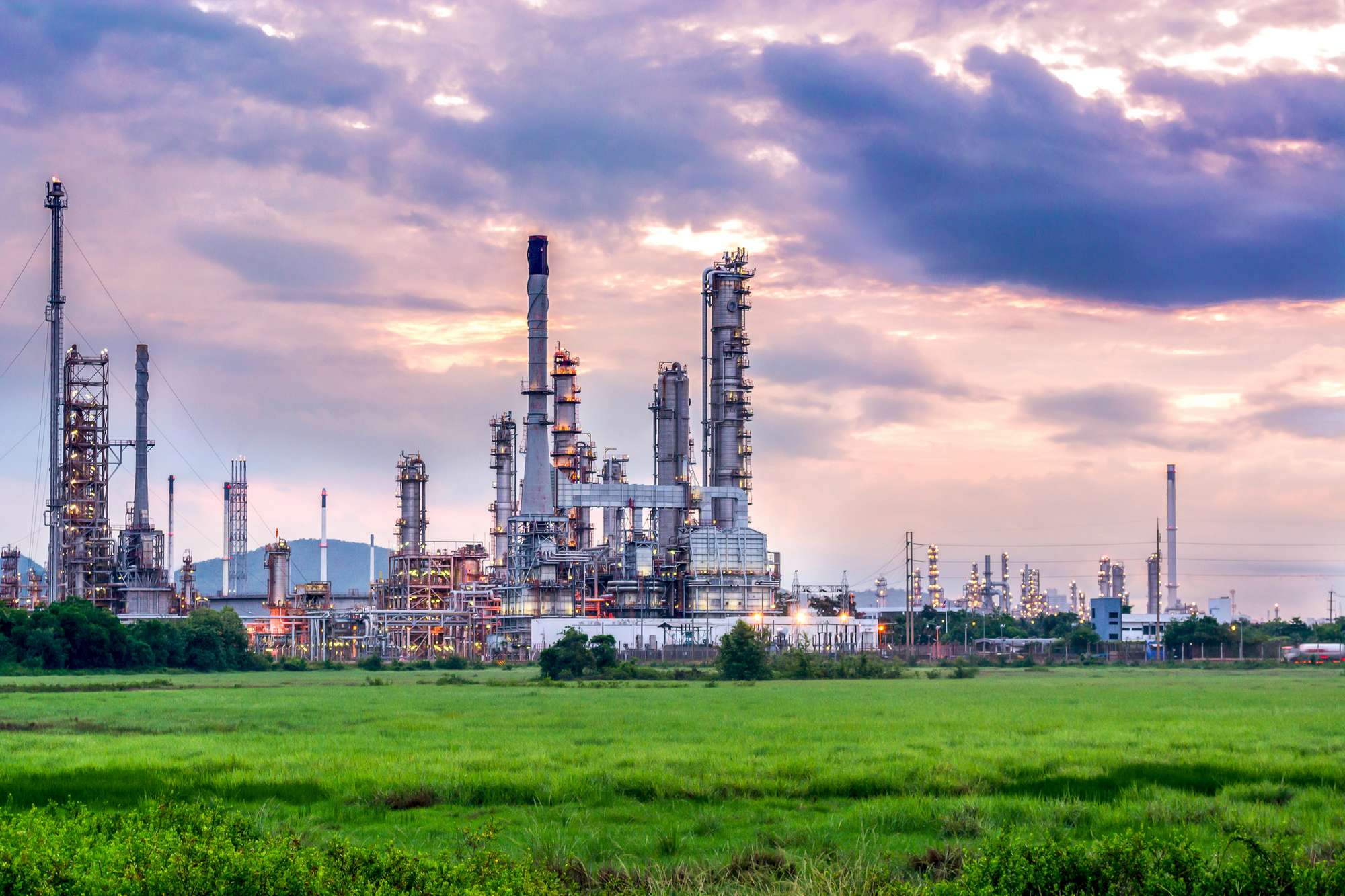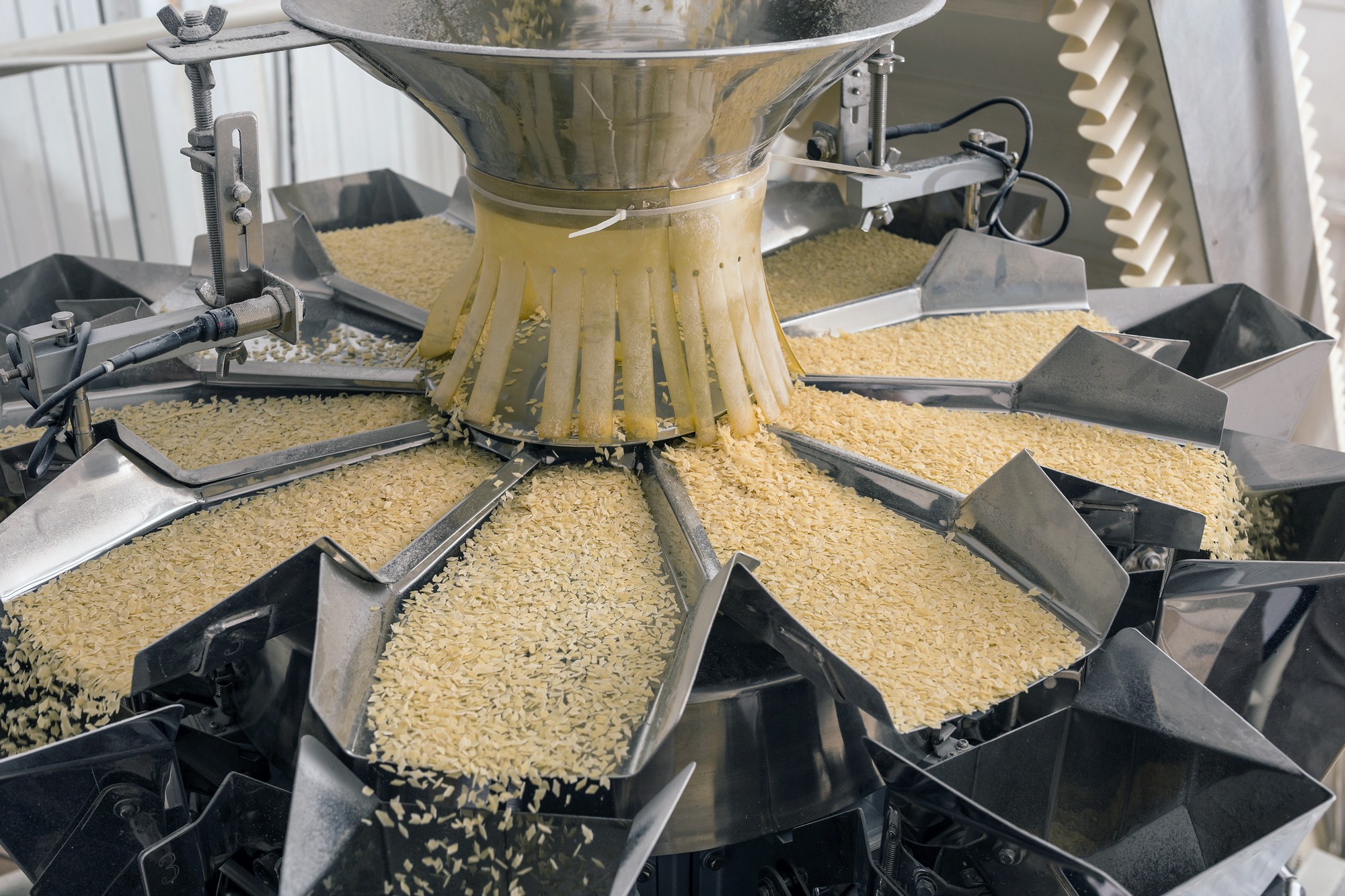To guarantee healthy products that meet commercial expectations, the industry samples milk at several stages. Where, why and how should milk samples be taken to ensure relevant results? Here's our advice.
Effective sampling of milk and milk derivatives is essential. This step is essential for the representativeness of laboratory analysis results. These results influence the value of the milk. They must also attest to sanitary safety. Optimal design of sampling equipment ensures safe processing of dairy products. Here's a look at the challenges and best practices.
Sample raw milk for quality control
The players in the industry will take samples at several stages, for a variety of reasons. The first stage takes place when the milk is collected from the farmer. Every 2 to 3 days, the dairy driver comes to collect the milking results. He takes a sample between the farm's tank and his truck's tank. An expert laboratory performs all the regulatory analyses on the sample. The equipment used on the vehicles is approved by the French Ministry of Agriculture. The sampling method used on the farms is therefore subject to a legal and standardized framework.
Proper sampling of raw milk is essential for both public health and commercial reasons. Samples are used to control production quality. The microbiological dimension is one of the priorities. The presence of pathogenic bacteria, for example, must be observed. The aim is to ensure that the consumer runs no risk. Analysis of the sample also enables us to determine the product 's composition , in particular its fat and protein content. The farmer's remuneration depends on these results.
Method and type of milk sampler, key points for delivery to the plant
When the milk is unloaded at the processing plant, the manufacturer must sample it again. A tanker contains the milk collected from several farms. Its composition is therefore the result of a combination of different sources. The industrialist wants to know the quantity of dry extract and its composition. When the milk is unloaded, the dairy takes a sample, the relevance of which lies in its representativeness.
A volumetric sampler or nothing at all

When the truck is unloaded at the dairy, the purpose of sampling is to carry out a material balance. The industrialist seeks to evaluate the quantities of protein and lipid materials. Samples are taken throughout the unloading process. This is to ensure that the sample reflects the entire delivery. In some cases, the dairy product is heterogeneous due to a lack of agitation in the transporter's tank. The sampler operates throughout the entire operation, whether it lasts 20 minutes or 1 hour.
The dairy manufacturer checks the raw materials entering his plant to ensure that the results correspond to the contractual specifications. The contract also specifies the volume of the sample to be taken. In fact, there is no industry standard for the container to be sent to the laboratory. In practice, it generally ranges from 60 ml to a maximum of 1 liter.
Adapt sampling frequency
The sampler is attached to the pipes in which it circulates. Several types of equipment are available on the market. To guarantee a representative sample, lines must have one sampler per unit of volume. This applies equally to by-products such as cream, whey and condensed milk. The volumetric sampler is slaved to the product unloading flow. If unloading pauses, sampling must also be suspended. And if unloading slows down, the frequency of sampling must be reduced.
Flowmeters measure the flow of product, in this case milk, at a given moment T. This data is used to adjust the recurrence of the small unit doses that make up the sample of the batch delivered. A PLC retrieves this information to control the equipment. It knows the pump flow rate, the volume to be recovered at each pulse and the tank capacity to be emptied. This enables the intelligent PLC to determine the theoretical operating time. It then adapts the frequency of sampling. This is the only way to sample the milk so as to guarantee perfect representativeness of the entire delivery.
Sampler controlled by a dedicated control box

Avoid contamination of process and milk sample
The dairy sampling system must protect the process and the sample from the outside environment. This applies to its design and configuration. They must prevent the risk of bacterial or foreign body contamination. Samples must be taken via a closed system, with no contact with the open air. To ensure that the sample remains unharmed until it reaches the analysis laboratory, the operator must quickly seal the bottle with a stopper. Of course, ensuring safe handling requires rigorous hygiene practices. Sampling requires compliance with a protocol defined at dairy level.
Once the sample has been prepared, all that remains is to label the container with the relevant batch reference. This will facilitate the transmission of analytical results by the laboratory. It is also the basis for traceability throughout the dairy industry. In the event of non-compliance, the plant must be able to quickly identify suspect deliveries.
Once the product has been unloaded, an automatic device sends a cleaning solution into the circuits. The sampler is cleaned at the same time as the rest of the line. Once again, the configuration of the installation must protect dairy industry operators from splashes of these cleaning products.
Good sampling is essential for food safety. It also determines the dairy's commercial relations. These are not only with suppliers, but also with the customers who will process the dairy's finished products. After reception, the various milk deliveries are transferred to a storage cell where they are stirred. Here, the mixture remains for only a short time before being industrially processed. Depending on the dairy product and its intended use, other sampling requirements may arise.


